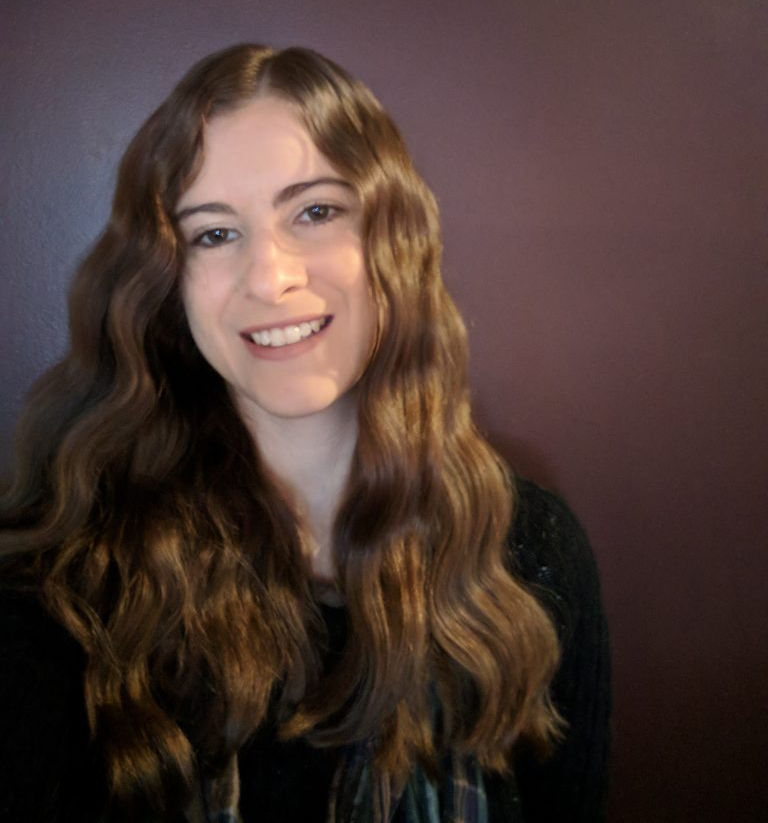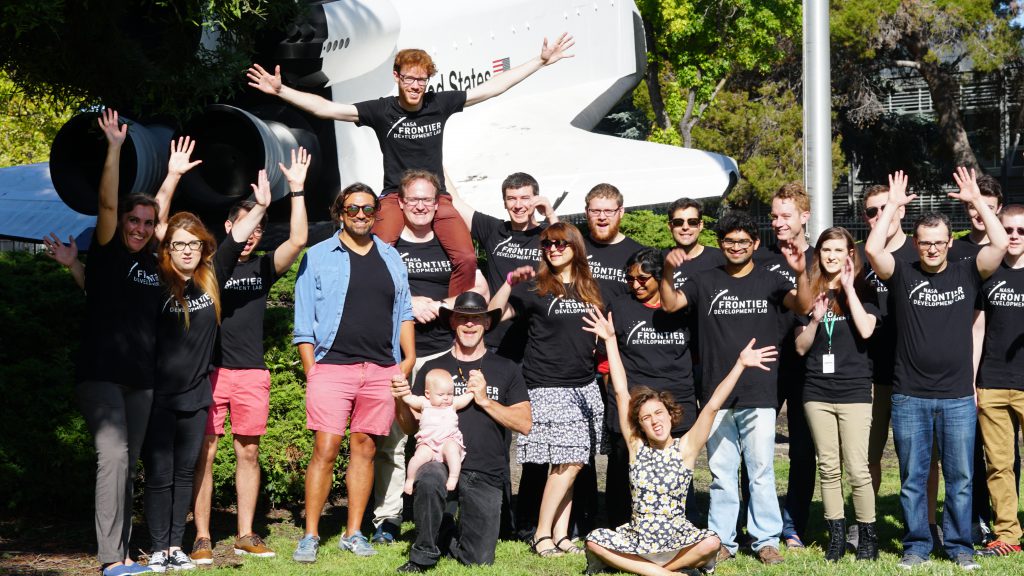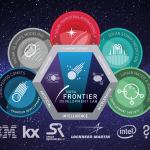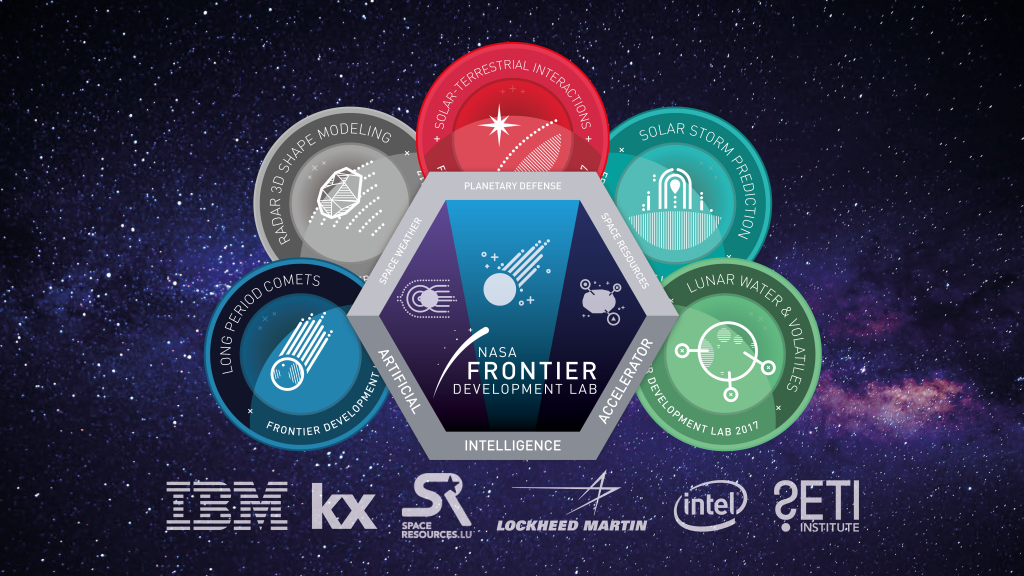Sara Jennings is the Producer for NASA Frontier Development Lab, an applied Artificial Intelligence R&D accelerator designed to enhance NASA’s capabilities by combining the expertise of government agencies, academia, and the private sector. The 8-week programme tackles knowledge gaps useful to the space industry.
At New Space Europe, Sara spoke about the link between AI and space. We caught up with her to talk about NASA FDL and how aspiring entrepreneurs can get involved.

Briefly tell us a bit about your background and involvement in NASA Frontier Development Laboratory
So, I started with NASA Frontier Development Lab last year. Previously I was working at XPRIZE and developing the new prize designs. Before that, I actually worked with Space Frontier Foundation in organising the NewSpace Conference in the U.S. where I got involved with the private space industry.
So what is NASA’s Frontier Development Lab?
It is an applied artificial intelligence research accelerator focused on bringing AI tools to challenges in space science and scientific exploration. It is an intense 8-week concentrated study programme hosted at the SETI Institute and NASA Ames.
Right now we’re working on the next challenge categories. It is a programme that runs every year in the summer for the lab portion but really it is a yearlong process. You have to find the right data to use, prepare the data, then use the computing resources available before moving onto the programming phase. After the programming phase, the researchers continue their work in different avenues.
Roughly how many people are involved?
Because we have a lot of public-private partnerships there are actually a lot of people involved in the programme, about 150 individuals. We have an AI technical committee and steering committee combined with a lot of our different partners and mentors that help us out throughout the programme.

Tell us more about the partnerships you have. Yesterday you spoke with someone from Intel, for example, how do you work with partners like Intel?
Yes, so Intel, NVidia and IBM have been providing computing resources of software and hardware. Intel has signed on to partner with us next year and they are supporting us with their Nervana platform.
How does this tie in with the different themes you have?
We have different challenge categories; so what we do is work with NASA to determine the challenge categories and definitions for each programme and we work with private partners who have interest in those areas to pair them together and combine them for some teams.
Maybe you can talk more about some of the different themes in the programme?
We did work in asteroid shape modelling, continued from 2016, figuring out the spin axis and be able to model them with radar images. Then we had a comets team, which was working on long-period comets. It can be difficult to find comets but we were able to train the AI to distinguish the ancient trails of comets (which look like meteor showers) from birds or planes. They were also working on clustering of meteor showers to determine if they were indeed something yet to be identified. Then we had two solar weather teams that were looking at solar storm predictions and solar-terrestrial interactions. Then the lunar resources team was looking at the southern pole mapping and crater detection.
How does the programme work?
It can be broken down into broadly three main phases. The first week is boot camp week, so all of the researchers are getting up to speed with the challenge areas such as AI techniques they might not be familiar with because it is interdisciplinary. After boot camp week they spend about a week brainstorming, going through all ideas figuring out the best approach. They then go through a prototyping phase where they iterate their ideas. After that they work on finalising their approach and they do final presentations and report on their work.
How much do teams realistically accomplish in the 8 weeks?
You’d be really surprised how much you can accomplish in just 8 weeks. Of course it varies between different teams because some teams are further along as they continued from the previous year. So they already had a path forward and were just looking at different techniques they could apply. Some of the teams had to not only learn about a new challenge from scratch but they had several different paths during that time.
What would you say are the biggest challenges for participants on the programme?
Surprisingly it is actually because it’s such a diverse group that you have people coming from the data science background paired with planetary scientists, people from all around the world and of different ages. I think we had people aged 20 up to about 60 as the age difference. We have so much diversity, which is great but it can sometimes be difficult for the participants to figure out how to work together in a team. It was great to see at the end how those things came together to build something truly awesome.
How are you working with Luxembourg?
Our public-private partnership allows us to work with other governments, agencies, academia and the private sector. So SpaceResources Luxembourg partnered with us on the lunar resources team last year. We’re here in Luxembourg also to build on and continue relationships and find new potential partners for our future accelerator programmes.
Applications to the NASA Frontier Development Lab for 2018 are now open for researchers at http://frontierdevelopmentlab.org


